Interview: Bon Iver Production Designer, Michael Brown
The talented, Nashville-based designer discusses space, light, collaboration, and the emotional intent of music
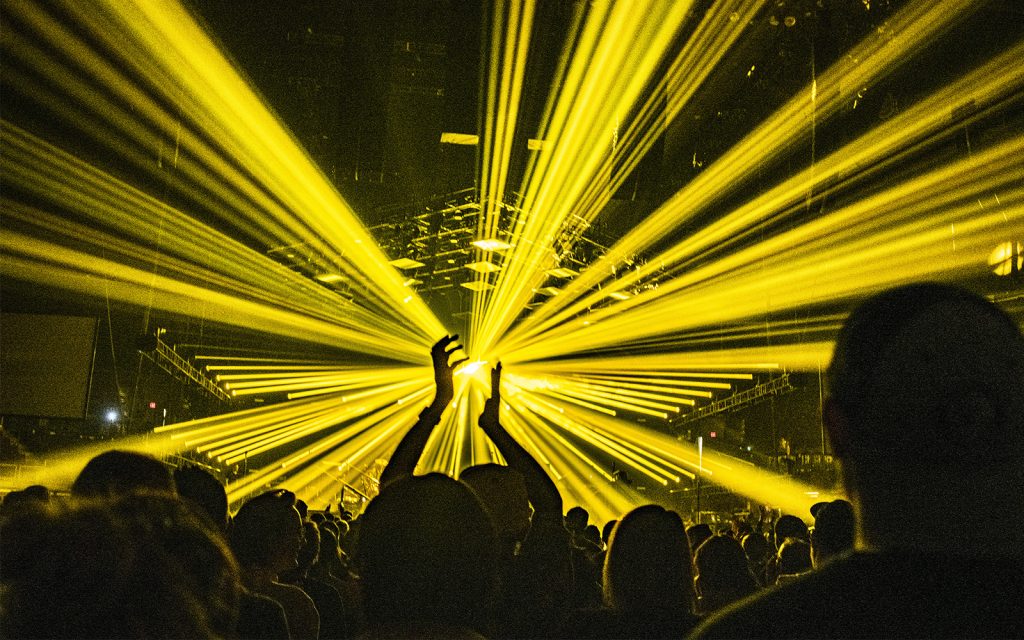
Bon Iver, best known for their haunting folk tracks, has undergone a sonic transformation over the past decade, resulting in two consecutive albums, 22, A Million and i,i, which challenge the boundaries of the genre. Always considered and creative, Bon Iver’s work can be seen as unconventional, as frontman Justin Vernon employs autotune to distort his voice until it’s almost unrecognizable and captures sounds in obscure and uncommon ways. But, Vernon hasn’t done it all on his own. “This whole project did kind of just start out by myself,” he says in a documentary by WePresent. “But all of the support I’ve had, and watching the music grow in the last 10 years because of those influences, and then also me realizing to relent, to give the reigns to the others, makes me feel more calm and more powerful at the same time.”

After the first Bon Iver project (2007’s For Emma, Forever Ago), Vernon’s list of collaborators grew. He enlisted a cast of dancers, musicians, singers, stage designers, and artists to assist in the production of these last two projects. Vernon and his band had been playing smaller venues in support of their previous albums, but i,i marked the first instance when demand warranted an arena tour—and Vernon tapped longtime collaborator Michael Brown for production design. We spoke with Brown—who’s done similar work for The National, Death Cab For Cutie, Big Red Machine, and more—after the tour’s stop at Brooklyn’s Barclays Center to discuss how the live show offering—lights, stage design, specific moments of surprise—came together.
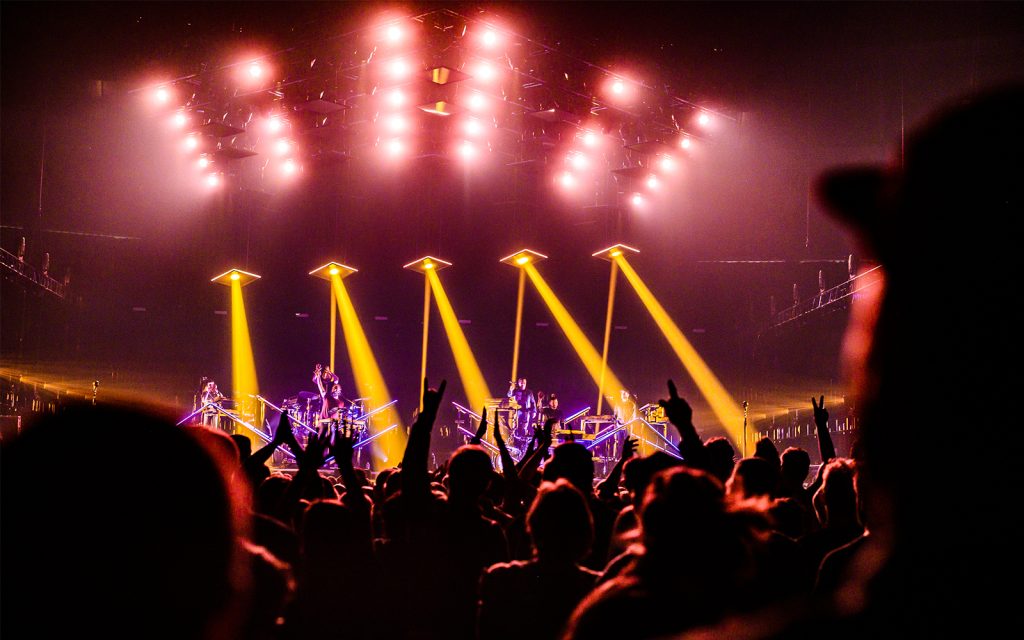
How do you convey music through lights and staging?
My approach to designing a show is less about the literal interpretation of the music through lighting elements and more about creating the best environment for people to experience the music within. As a designer, if I can successfully create this whole other world that helps the audience open their minds and become transported, then I’ve accomplished my goal. It’s about the environment first and foremost. Color is a big part of that to me. Color is emotional for me, and I see colors based off the emotional content I’m feeling in the music. The style of the lighting also creates a general mood that dictates the tone of the environment. Is it bright and powerful overall, or dark and shadowy? Because lighting is ethereal, it’s hard to convey your meaning in words and have a conversation about it. It becomes its own visual language. These considerations help me create the environment that we want to present a show within, and when the two match up and complement each other, it can feel as if the lights and staging are the visual breath of the music.
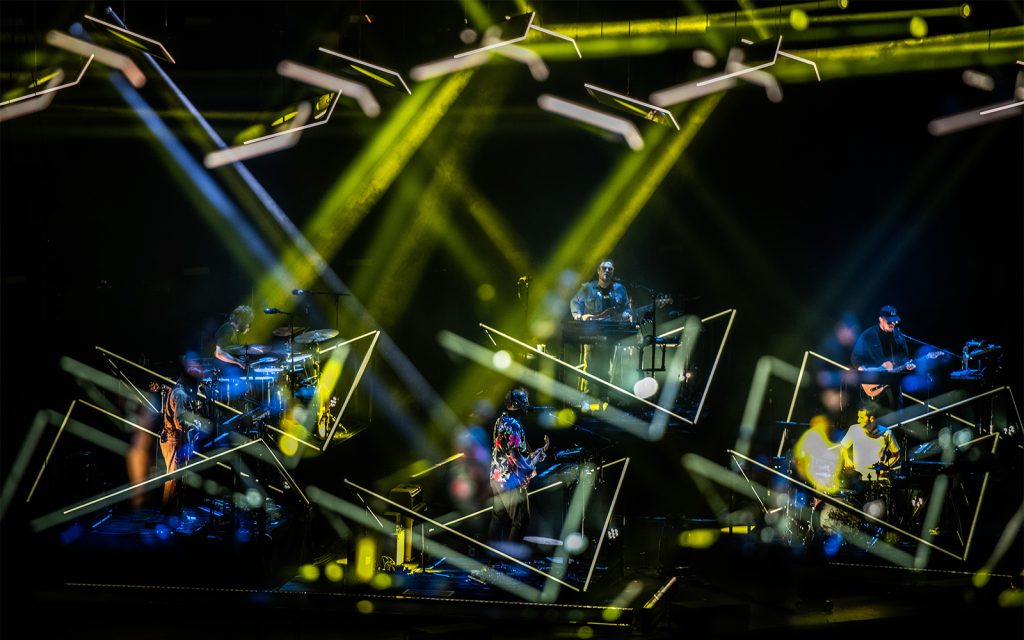
How do your designs coexist with music that boasts such expansive qualities—songs with such sharp ups and downs and clear moments of vulnerability?
Dynamic music provides the perfect opportunity to create dynamic moments in a show. That is one reason why I love working with Bon Iver. We take great care in planning out the pacing of our shows and really think about the journey we want to take the audience through. The audience could become either bored or fatigued if a show were to maintain the same pace the entire time. Much as in theater or opera, I feel like my goal throughout the show is to focus the emotional intent of the music and heighten that experience, so the lighting expands and contracts with those moments in the music.

What was the most difficult part of transitioning from smaller venues to arenas?
The most difficult part of doing an arena show is making sure the audience feels engaged with what is happening in the room. This really comes down to the core concept because these are very large rooms and it’s easy for your show to become swallowed in the space. You have to constantly ask yourself if the idea will translate to the folks in the back of the room as well as the ones who are right up in the front. It’s a challenge of scale and making sure that doesn’t get lost in the atmosphere.
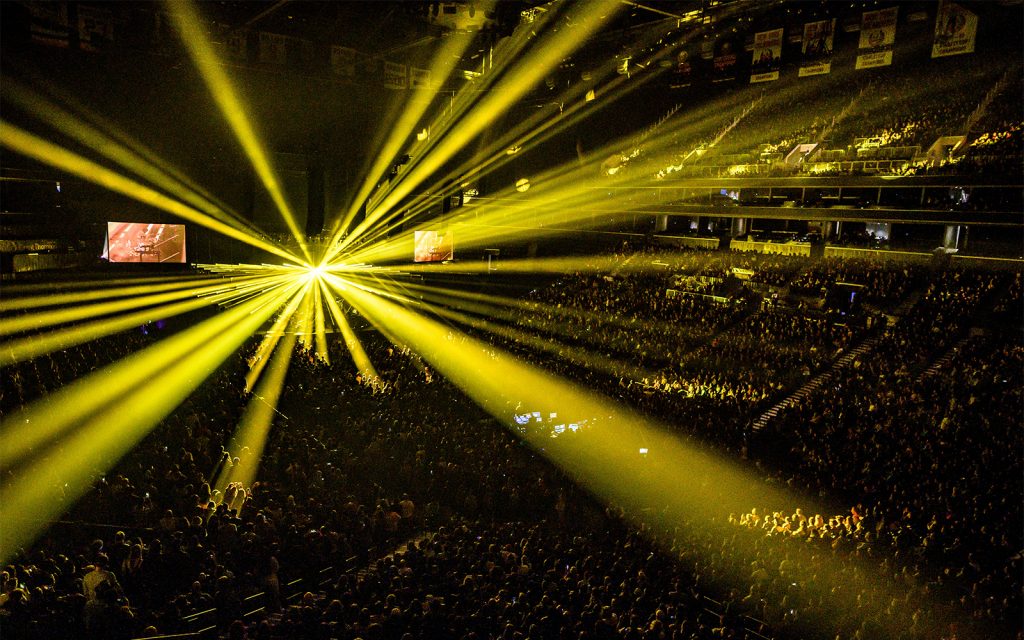
When do you begin conceptualizing a tour?
For me, it’s hard to start out of nothingness. I need to hear the music and hear what the band is trying to communicate. My job as a designer becomes way more focused if I know the journey we’re trying to take people on. Otherwise, you can become preoccupied with an idea that isn’t serving the show.
Do shows change from venue to venue?
Absolutely! Even on this tour, we had the challenge of translating our show to different environments—from outdoor amphitheaters to indoor arenas. Part of that is asking yourself what those venues need. What would you need to do to elevate this show for people in this style of venue? That’s a theme we come back to a lot. What can we do to elevate this show for these folks?
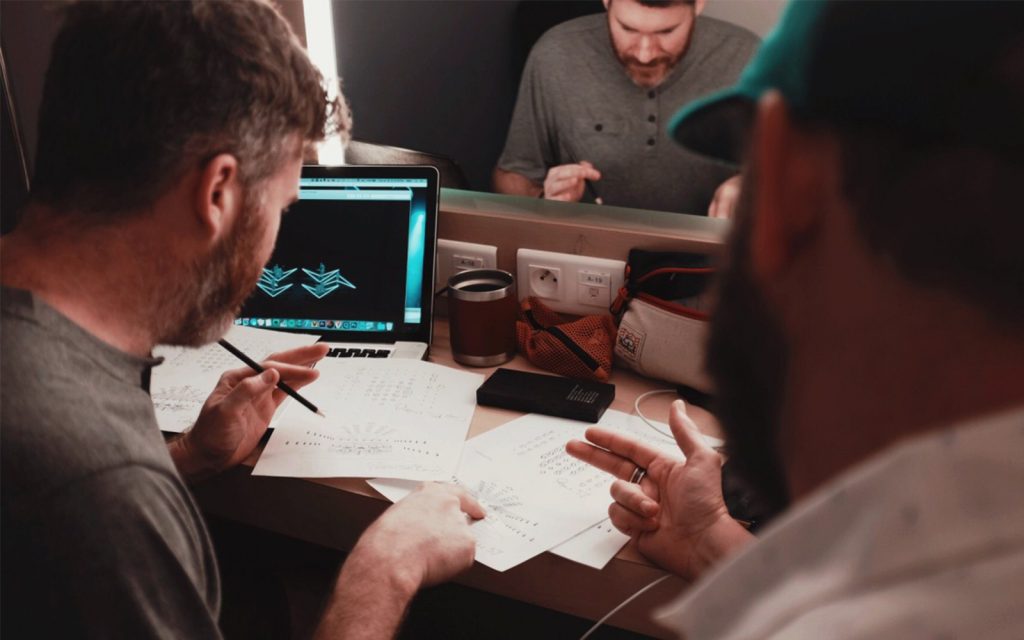
How much input does Justin [Vernon] and the band have in the determination of stage design and lighting?
I am fortunate enough that Justin and I have worked together on many projects, so we already have a good understanding and a trust between us that we’re both trying to create the same experience for our audience. This tour is probably the most radical staging redesign that we’ve ever done because we’ve added a sixth member to the stage, and we intentionally didn’t want any one person front and center. We played around with multiple concepts and collectively decided to arrange the band members in a circular configuration where they can all see one another and play together as a band.
It’s refreshing in that its probably one of the most democratic stage set-ups that I’ve ever seen. That decision then caused a ripple that informed the rest of the entire show design. So, I guess you could say that in terms of “design,” there isn’t as much of an in-depth conversation on the micro details as there is a focus towards the macro vibe and overall environment we want to create. It’s more broad strokes until we get to the setlist and pacing of the show where we’re all constantly tweaking and communicating and crafting new ways for the show to flow.
Hero image by Graham Tolbert












